What is Next-Generation IoT?
Gartner estimates there are 25 billion IoT devices producing data now--and growing. But most businesses are not equipped to analyze IoT data, thereby missing out on insights that could speed up vaccine trials, enable self-driving cars, or pinpoint pollutants, and generate, according to McKinsey, $4T to $11T in economic value by 2025.

Current IoT Data Management & Analysis Approaches
Streaming
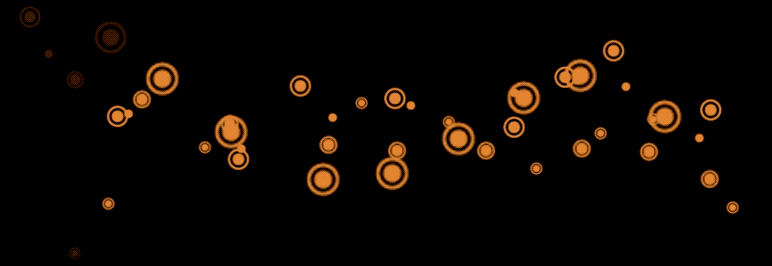

- No context
- No geospatial
Data Warehouse & Data Lake
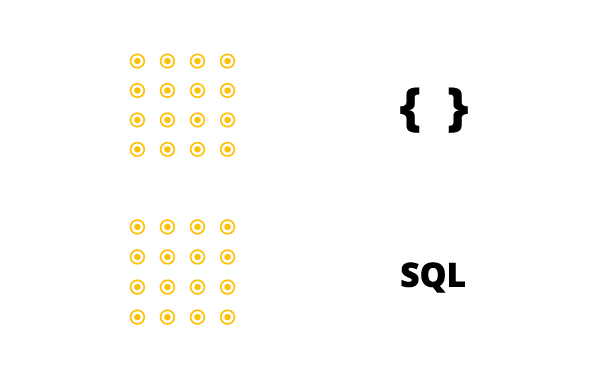
- Complex data engineering
- Latency issues
- Weak time series and geospatial
Complex Point Solutions
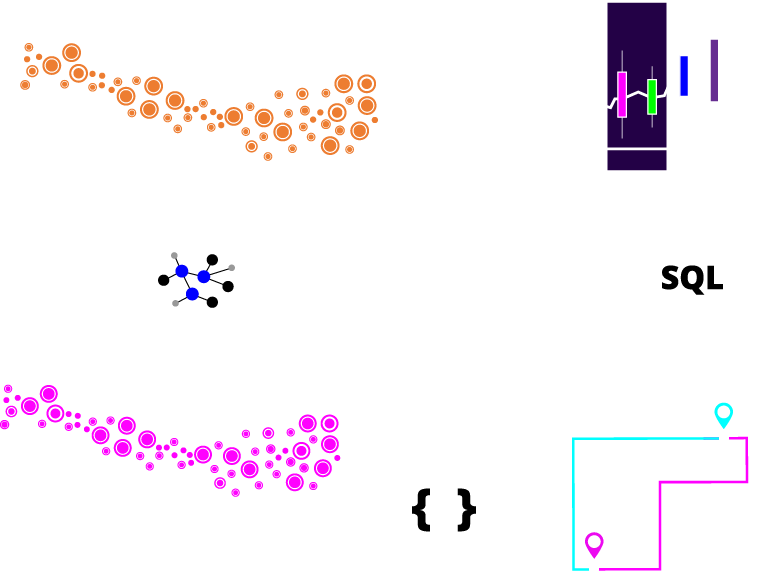
- Complex data engineering
- Hard to replicate in dev
- Difficult to troubleshoot
Next-Generation IoT Data Analytics
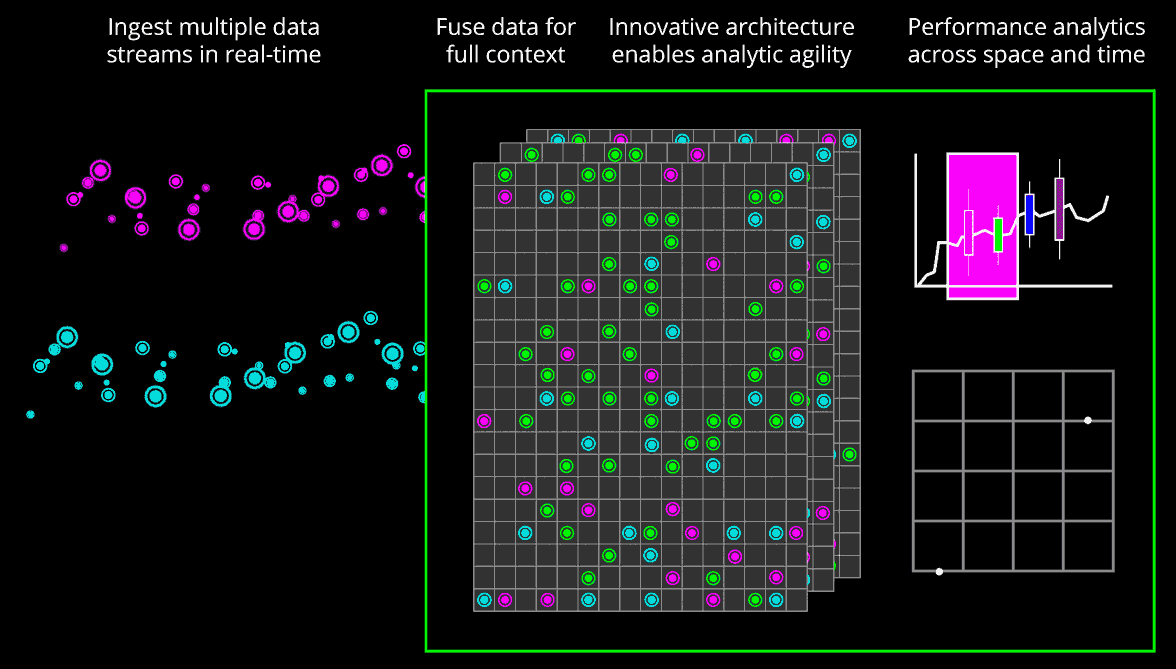
The Advantages of a Next-Generation IoT Database
Vectorization
Reap the benefit of vectorization. Kinetica takes advantage of vectorized processing capabilities of modern CPUs and GPUs for more efficient and faster analysis on large volumes of complex data. Kinetica reduces the data engineering overhead, allowing you to perform complex queries on data without over-thinking optimization and indexing.

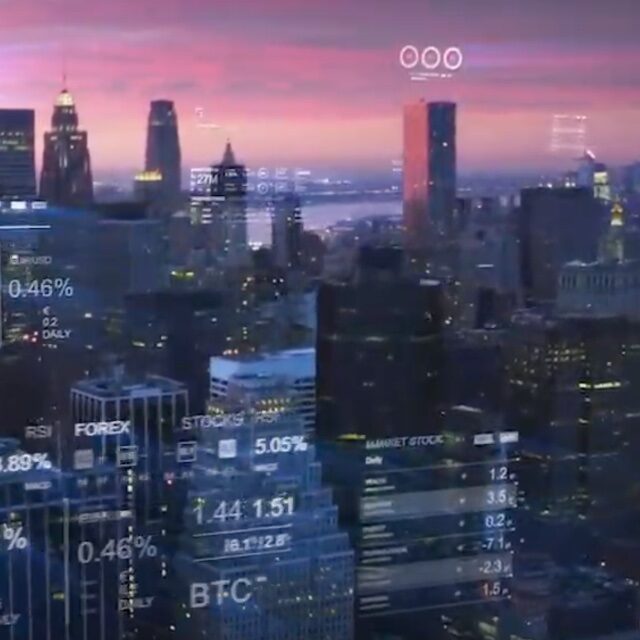
A Real-time Database for Real-time Data
Most analytics databases struggle at comparing fast moving, streaming data with historical data. Batching and micro-batching are not ideal workarounds. Kinetica is designed to work with new data the moment it arrives making it well suited for modern workloads such as anomaly detection and predictive analysis.
Location Intelligence
Get more value from data that is inherently geospatial and temporal. Kinetica has advanced in-built spatial functions, time series, and graph capabilities that make it easy to visualize and interact with billions of data points in real time.
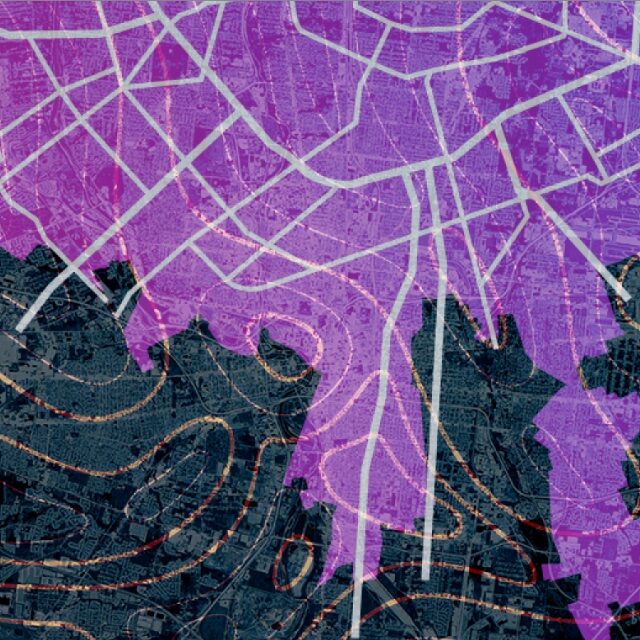

Efficient Architecture
IoT data is so voluminous and the processing demands are so intense that you'll get crushed on cost if your database isn't efficient. Kinetica is better equipped for the demands of working with large volumes of streaming data

CASE STUDY
OVO SmartCube is designed to evaluate customer preferences using analytics powered by a machine learning-enabled recommendation engine, which makes product suggestions. Powered by Kinetica, the machine can also provide instant assessments of when and what purchases take place, in order to offer relevant deals.
CASE STUDY
SFEI uses drones to collect thousands of images of the San Francisco Bay, which they feed into a Kinetica-powered machine learning algorithm to detect trash - a process that has gone from days to just hours, so we can identify pollutants and take immediate action.

